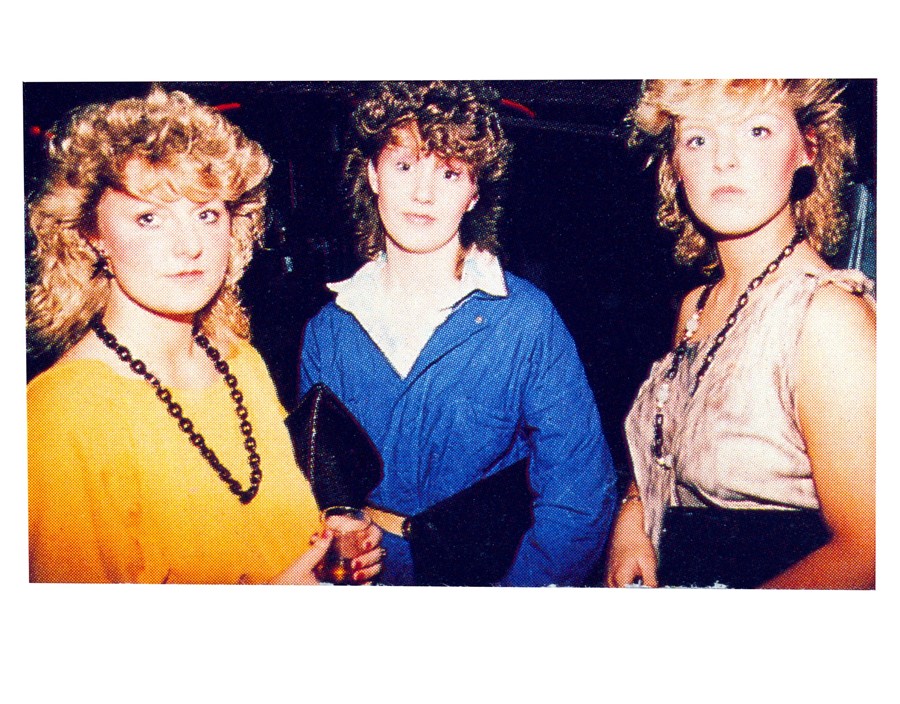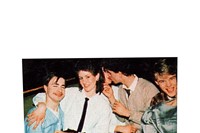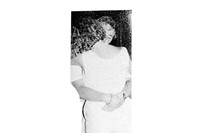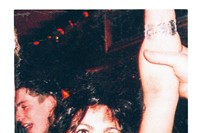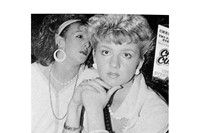We look at the politics behind Gareth McConnell's remix of Tom Wood's seminal youth culture masterpiece
In 1992, photographer Gareth McConnell picked up Tom Wood’s photo book Looking for Love in Farnham College Library and his “belly rolled over with the greatness of it". This year, he has published his own interpretation of Wood’s iconic work, photographs that capture the fleeting experience of teenage freedom in a way that feels particularly pertinent during a time of youth and counter-cultural disenfranchisement. As London sees the closure of clubs like The Joiner’s Arms, Buffalo Bar and Madame Jojo’s, as a new Conservative government promises (and has already delivered) further austerity measures, as even more surveillance measures are legislated in the name of protection ("did I hear right that Fabric had to agree to sniffer dogs patrols and ID scanners in order to keep their licence?" asks McConnell), Looking for Looking for Love is a poignantly nostalgic re-visioning of a different time.
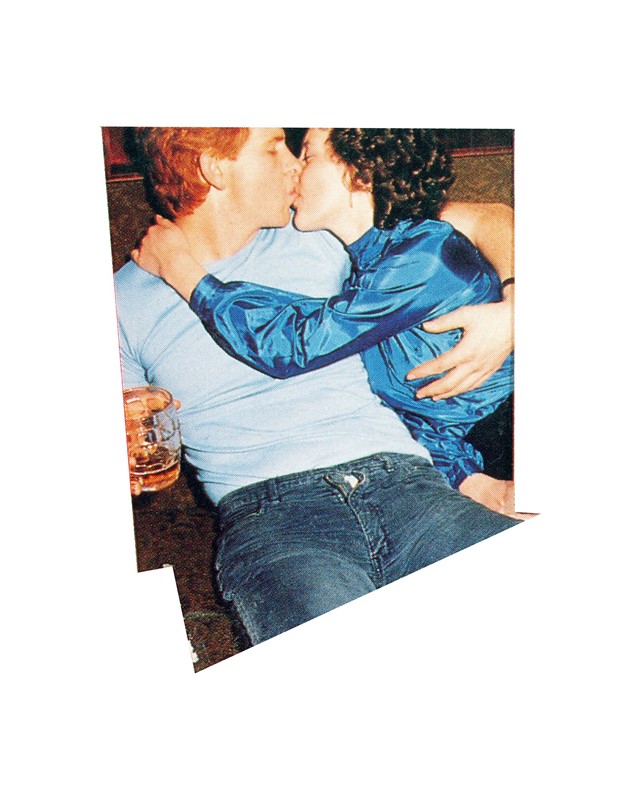
"It hard for me not to look back at these pictures without a warm sense of nostalgia, but then, simmering through that, comes a great anger and disappointment for what has been lost and for what lies ahead for young and old alike," explains McConnell. In the images, he describes seeing an "exuberance and hope and frustration and fragility and defeat of youth all mixed up in one boozy, smoky, hormonal stew swaying, spinning, groping, snogging, shouting, laughing. I can smell it and taste it, I can feel it under my feet and in my thudding ears, in my forehead as I lean my head against the cold mirror in the toilets" – and it is that nostalgia that defines Wood's work as vivid and important, and it is the dissonance between the freedom of youth culture and the endless slump of British Conservatism that makes McConnell's contemporary interpretation so poignant.
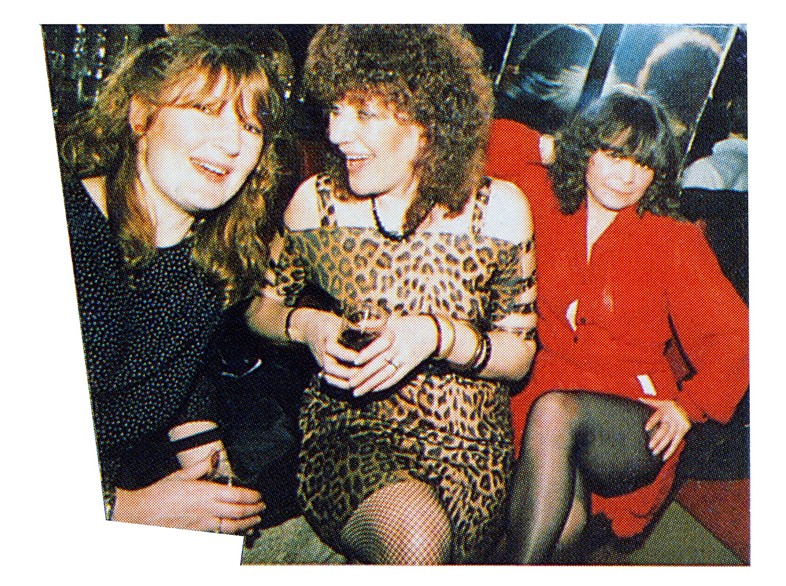
The original book was a set of documentary photography taken during the late 80s at Merseyside's Chelsea Reach Disco but, due to publishing constraints, Wood was unable to print the series in its entirety. So, he took the additional photographs that didn't make it into full pages and collaged them into spreads that sat alongside the rest, crowded together in a brilliantly atmospheric visual analogy of the club itself.
McConnell explains that, when he got his own copy of the book last year, "I found myself totally immersed in the collages at the front of the book, studying the irregular images under my photographer's magnifying loop like a slightly crazed jeweler mesmerized by the facets on raw and precious gems that until this moment had somehow escaped my attention. When I got home I scanned the collages in, cutting the individual images out in Photoshop, placed them on plain white backgrounds, made a rough maquette and posted it to Tom with the proposition that we made a new book. He said yes."
"It is both funerary and commemoratively affirmative: a revered burial site of beautiful youth and its pockmarked skin" — Neal Brown
And so, Looking for Looking for Love was born. Rather than operating exclusively as an homage to Wood's original work, the series is transformed by McConnell into something new, somehow simultaneously nostalgic and contemporary. As critic Neal Brown explains, "[McConnell's] reassembling of Wood’s work is certainly a highly personal one. It is both funerary and commemoratively affirmative: a revered burial site of beautiful youth and its pockmarked skin, its drive for sex and intoxication, and its drive for hope." It speaks to the exuberance of teenage hedonism and, published in 2015, silently presents a disturbing comparison to today's youth disenfranchisement
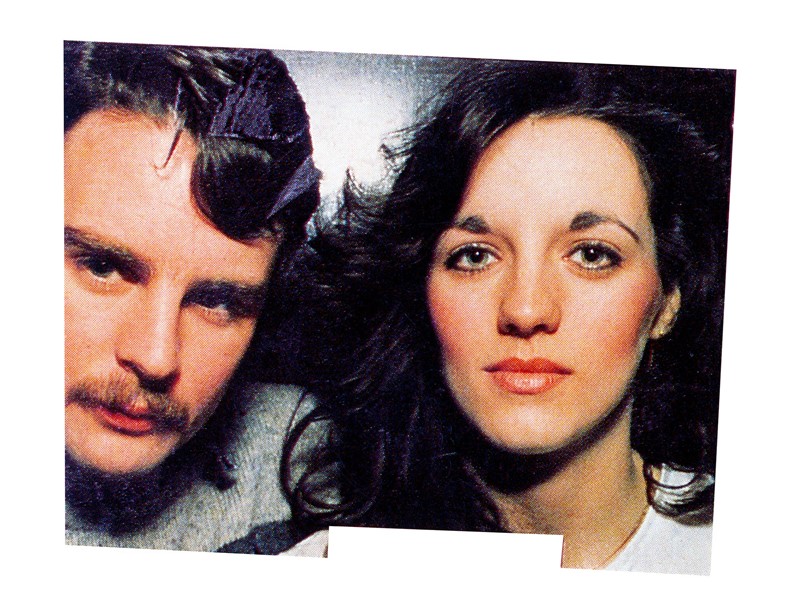
Liberated from their original layout, the cut-out irregularity and dot-matrix distortion of the original images somehow renders them even more intimate; couples snogging on sofas, girls cheersing the camera or flashing their bums give us a euphoric insight into a time that McConnell describes as "gone, never to return." As we snatch hope from a new generation by giving them a further term of austerity measures (following one that already saw youth unemployment and tuition fees skyrocket alongside the dismantlement of the EMA), McConnell's book seems painfully relevant: forcing us to acknowledge what has been lost by apathy and complacency, of the hope and freedom of youth that seems slightly misplaced today.

In the essay published within the book, McConnell explains this dissonance with the frenzied passion that defines Wood’s original photographs: "We find ourselves lorded over by criminal oligarchs and the billionaire wideboys who are deified by sneering lapdog don’t-know-the-price-of-a-pint-of-milk politicians whilst we struggle in the midst of banking induced austerity, with student fees, and workfare, and slim-to-no chance of a trade, or an apprenticeship, mass unemployment with part-time and zero hour contracts blurring the figures and if even if you get one forget about any rights and the papers and telly full of lifestyle bile, food & property porn masquerading as culture, bookending vilification of the needy and disenfranchised ‘lock up the poor, be a grass, be a tout, dial this number, you’re not like them fuck em’ until it’s you they're coming for, and I don’t know about you but I kinda stop and ask myself. Where IS the love?" And, particularly this week, that seems like a big and important question to ask.
Looking for Looking for Love is out later this month in a limited edition of 250, published by Sorika. Sorika will be at Off Print Tate 22-25 May, and Tom Wood will be signing copies of the book on 23 May.
